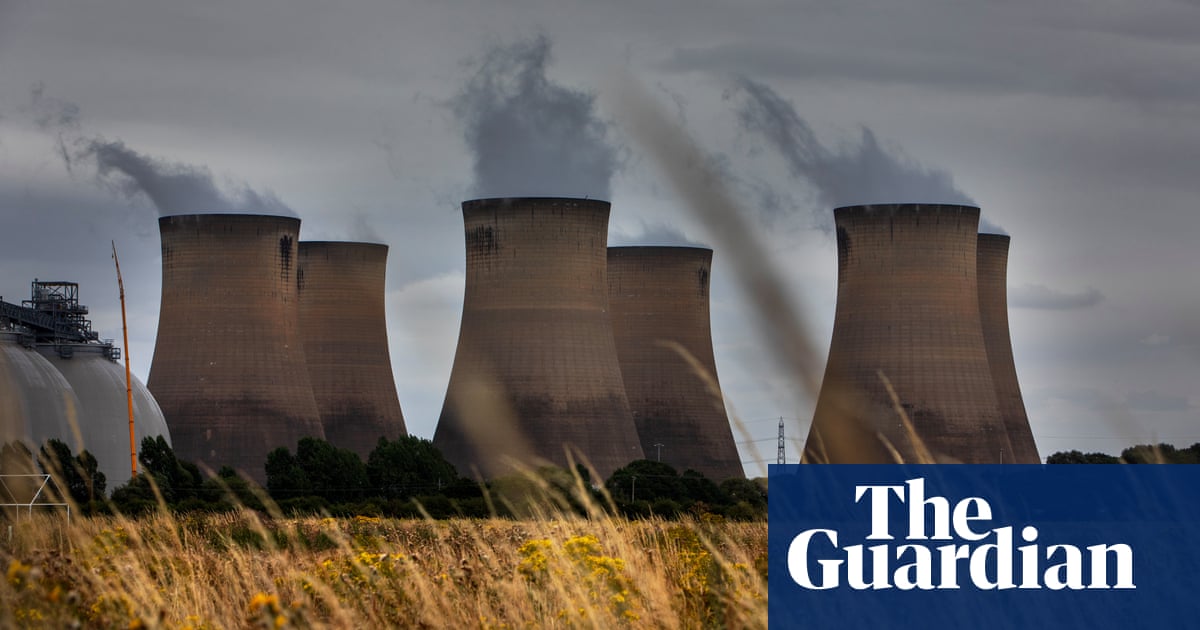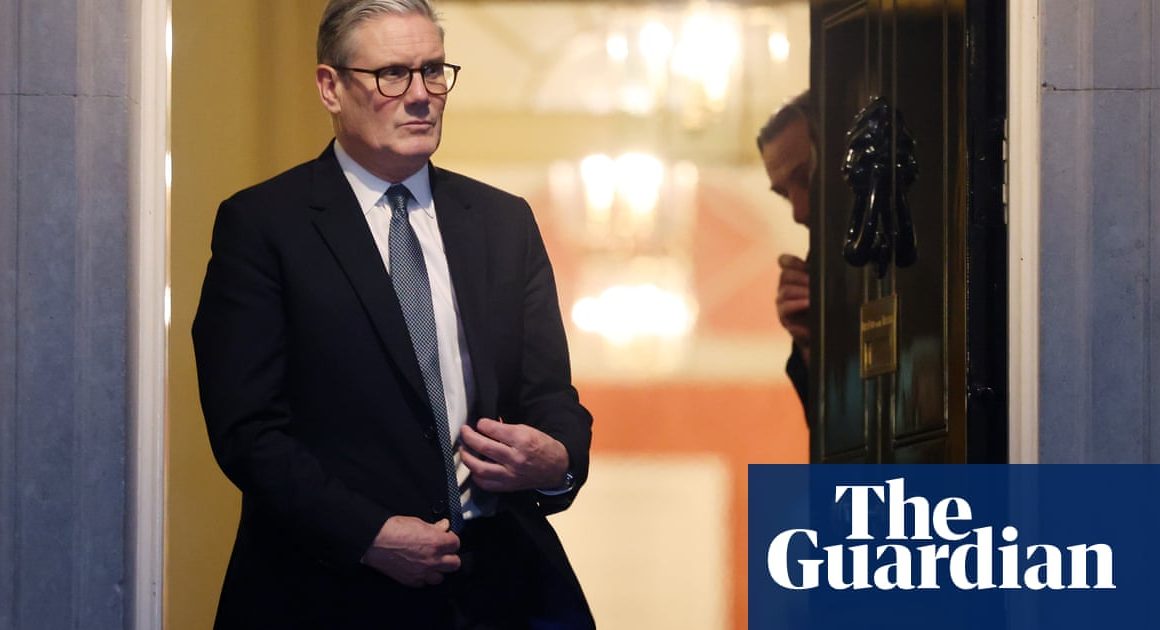The UK government has halved subsidies for the Drax power station and ordered it to use 100% sustainable wood after sustained criticism over its business model.
The large power plant in North Yorkshire would play a “much more limited role” in future, the government said.
The plant is an important generator of electricity for the UK, but has been criticised for burning wood pellets sourced from forests in the US and Canada.
The government has agreed a new deal with the power producer that will halve subsidies between 2027 and 2031, saying that Drax will provide power only when it is “really” needed. It estimates that this will save consumers £170m a year.
However, the company said it was still targeting underlying profits of £100m to £200m a year over that period, and its shares rose nearly 5%. Greenpeace said continuing to subsidise biomass imports was a “dirty compromise with past failures”.
Michael Shanks, the energy minister, said in a statement: “We believe that they [subsidies] simply did not deliver a good enough deal for bill payers and enabled Drax to make unacceptably large profits.”
He added: “This government will do whatever it takes to deliver energy security and protect bill payers now and into the future.”
Drax, Britain’s largest renewable power generator by output, has converted four coal-power units to use biomass, and also runs hydro power projects. The company shut its final coal plant after 50 years of coal-fired generation at the site near Selby in 2023.
Under the new agreement, the company will have to switch to using 100% woody biomass from sustainable sources, up from the current level of 70%. The government threatened “substantial penalties” if Drax does not comply.
Green campaigners had feared that ministers would award unrestricted subsidies to the power station, despite strong concerns that burning trees to produce electricity is bad for the environment.
The government’s statement said: “Our central projections show that, on the right terms and in a much more limited role than today, biomass generation at Drax is the lowest cost option, including when compared to gas-fired power stations, for bill payers during this period.”
Will Gardiner, the chief executive of Drax, said: “Under this proposed agreement, Drax can step in to increase generation when there is not enough electricity, helping to avoid the need to burn more gas or import power from Europe, and when there is too much electricity on the UK grid, Drax can turn down and help to balance the system.”
Doug Parr, the policy director at Greenpeace UK, said: “Continuing to subsidise huge biomass imports is not a step on the road to a cleaner future, but a dirty compromise with past failures. Trees should be left to grow and not be burnt in a major subsidy-fuelled bonfire.
after newsletter promotion
“The UK’s commitment to Drax has become an albatross, a supposed asset that is looking more and more stranded as the energy market develops.
“The new criteria should, hopefully, limit the damage done both by restricting its operations and reforming its supply chain, but the government is still far too trusting of big polluters asking for big subsidies to decarbonise. We have cheap, clean power sources available, and we shouldn’t be left to gamble on schemes like this any more.”
Last year, Drax agreed to pay £25m after the energy industry regulator, Ofgem, found it had submitted inaccurate data on the sourcing of wood pellets.
The government hopes to decarbonise the electricity grid by 2030. Meeting this target will require a large increase in renewable energy, such as wind and solar, as well as projects that store energy for when there is insufficient wind or sun.
The government is also turning to more nuclear power to achieve its carbon goals. Last week, Keir Starmer vowed to “rip up the rules” of the nuclear industry by allowing a new breed of mini reactors to be built for the first time in the UK.
The move to encourage fresh investment in small modular reactors could allow new nuclear projects to spring up across England and Wales – not just on the country’s eight designated nuclear sites.












